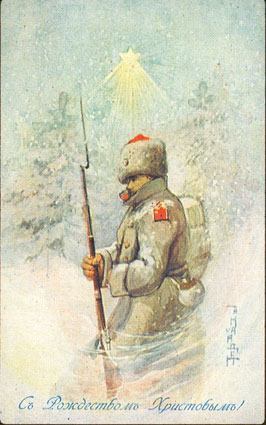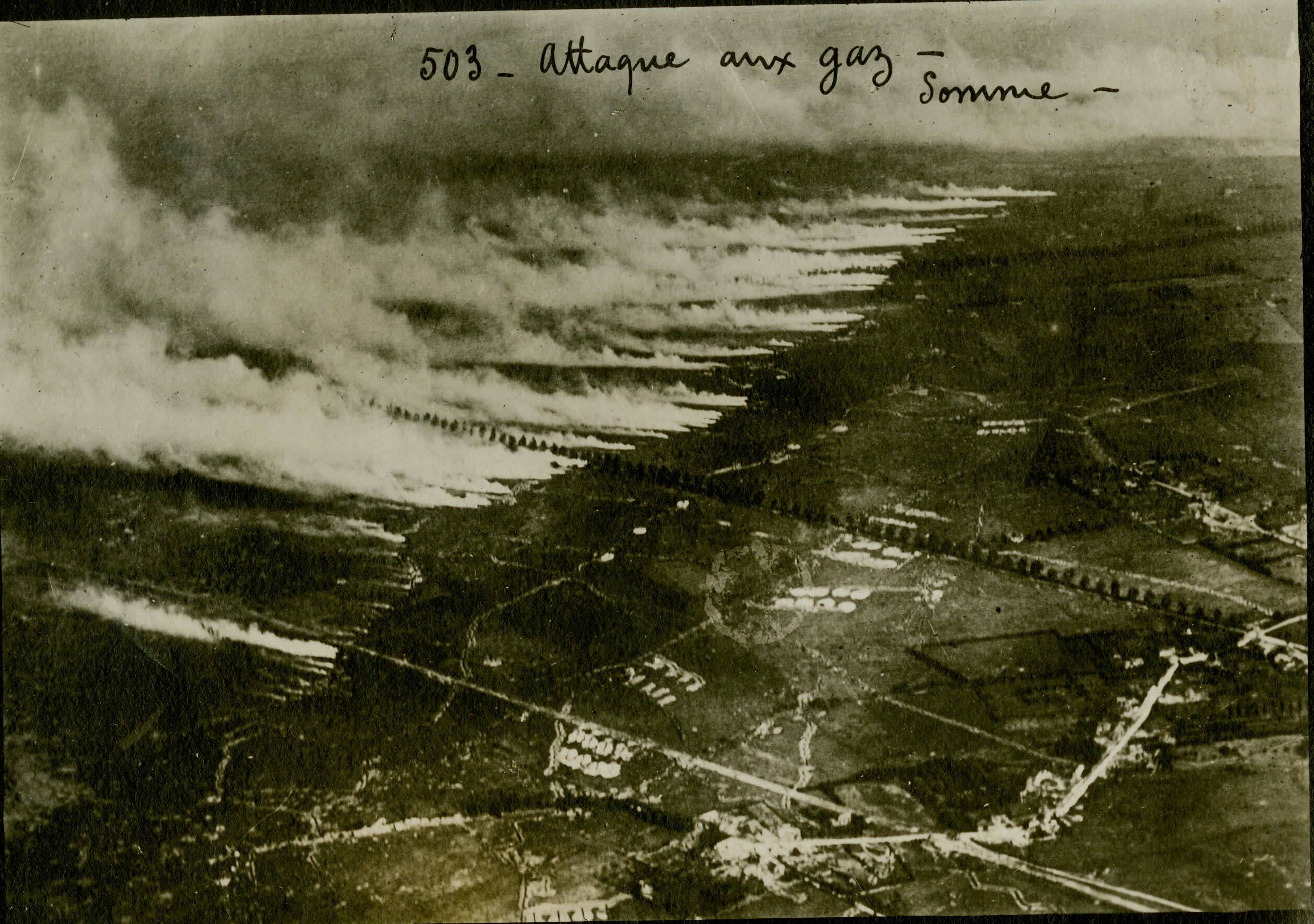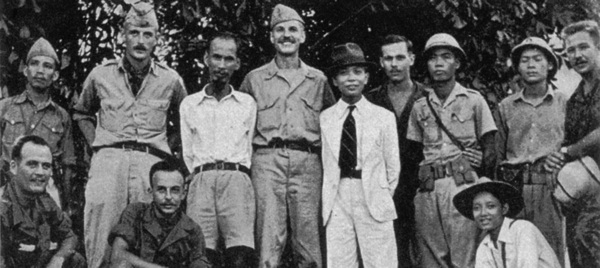--Mbeki, Mandela, Tutu,
Rainer Hachfeld (Neues Deutschland)
We have now sunk to a depth at which
restatement of the obvious is the first duty of intelligent men
--George Orwell
_____________________
Recently deceased South African activist Nelson Mandela was revered by many as a person who shifted a society away from apartheid, a repressive policy of racial separation. Mandela spent 27 years in prison based upon the fact that he founded, supervised and led the guerrilla wing of the African National Congress (ANC) movement, Umkhonto we Sizwe (abbreviated "MK"), translated as "Spear of the Nation".
Mandela was given a life sentence for his direct involvement in bombing campaigns, among other forms of terror and violence. The Mandela that emerged to be lionized by the West was this former Communist who grew capitalist spots.
Mandela was a bomber, a favored activity of terrorists and militants as it is cheap and effective, creating terror due to its spectacularly violent, random and indiscriminate nature. Onto the kindly-looking elder statesman Mandela it is easy to project the myth of the long-suffering inmate, but this image belies the other Mandela.
Here's another view of the man and his legacy:
If there is anything that the world ought to mourn, not only today, but every day, it is a horrifying reality in which a South African woman is more likely to be raped than to learn to read, a quarter of the men admit to having raped and men with AIDS believe that they can find a cure by raping a baby.
For Western liberals, Mandela’s death provides them with permission to stop caring about South Africa. Having reduced South Africa to Mandela, his death permanently removes its existence from their minds. They may show up to the theater if Denzel Washington or Jamie Foxx decide to play Nelson Mandela. Otherwise they will comfortably banish the entire country to the dusty attic of forgotten history.
Meanwhile one child is raped every three minutes and three children are murdered every day (South Africa in the Shadows).
Our relationship with terrorists is ambivalent. While we choose not to negotiate with them, we do accept them as world leaders. Why were they bad then, and good now? Are there good terrorists and bad ones, and where is the dividing line?
In an absolute sense, if terrorism is "evil", then time does not ameliorate that evil. An evil act remains so in perpetuity. Good does not emerge from evil -- is this not the basis of western legal thought?
Are we willing to see someone like Khalid Sheikh Mohammed (KSM) as a freedom fighter, versus a terrorist? For surely as god made little green apples, he is that to his acolytes.
When terrorists used airplanes as bombs and attacked the World Trade Center, the U.S. began 12 years of continuous warfare resulting in an unknown number of casualties. History has shown that Mandela was an existential threat to the continued existence of South Africa, while the al Qaeda threat to America was a pinprick, in comparison. Yet which nation reacted in a more tempered manner to its threat?
The United States sentenced Oklahoma City bomber Timothy McVeigh to death and terminated him for roughly the same type of activity for which Mandela served 27 years. PVT Manning has been delivered a 35-year sentence, eight years more than Mandela received.
Was Manning's threat to the existence of the U.S. as significant and effective as that of Mandela's to S.A.?
The facts:
- Manning was not involved in espionage, nor did he work for a worldwide Communist or terrorist organization (as did Mandela)
- Manning never used violence
- Manning was not dedicated to the destruction or overthrow of the U.S. government. His actions were not tactically or strategically significant
In Ranger's opinion, Manning was railroaded in comparison to Mandela, who received a fair trial. So how do Americans justify calling Mandela a "symbol of Freedom" while throwing Manning into a black hole for 35 years?
Did Manning receive a fair trial, or has our justice system been subverted by trumped-up security concerns posing as justice? The 35-year sentence (which was noted as being "light") is Kafkaesque, while the whitewashing of Mandela as Ghandi-esque freedom fighter is like something out of a DC Comic story line.
Mandela's conviction was proportional to his crimes, while Manning's was not, and it was the result of a punitive show trial. Manning will never be a hero of mythic status. If a society is known by its enemies, we chose a poor example with Manning.
Further, how did Mandela, Sadat, Begin, Gerry Adams and before them, myriad Nazis transform themselves by entering the historical dry cleaners, emerging as clean world leaders? Where and when is the pivot point at which terrorists become no longer terrorists? Or is it that our memory is short, or that we no longer care?
In an absolute sense, if terrorism is "evil", then time does not ameliorate that evil. An evil act remains so in perpetuity. Good does not emerge from evil -- is this not the basis of western legal thought?
When U.S. national leaders praise a futile Phony War on Terror (PWOT ©) while concomitantly praising a terrorist like Mandela, perhaps it is time to reevaluate our policies and practices vis a vis terrorism.
[cross-posted @ RangerAgainstWar.]














